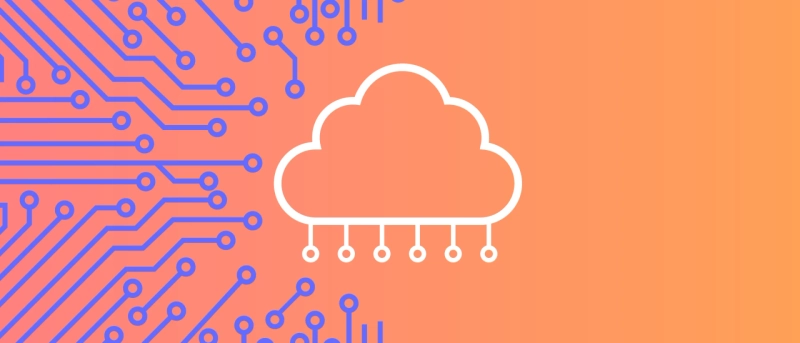Cloud has become the word of everyone’s mouth in this digital era. The influence of cloud, cloud computing has rise and many organizations have followed the footpaths of advanced computing techniques. As organizations work in different workload types, the cloud platform requirement is also different like public, dedicated private, managed. Despite being taken care of all necessary steps, the information management stakeholders still bear concerns about potential risks of their data management, for both on-premise and cloud platforms.
The discoverability of data has become crucial as many organizations are moving data into any kind of Data Lake. So, there is a need for data classification, data quality management, data flow monitoring, cataloging. All these core activities are covered under cloud data governance competencies.
What is cloud data governance?
Cloud data governance is the practice of regulating the core data management aspects like availability, integrity, usage, and security of data stored in the cloud computing environment. This will help the organization to achieve the business goals.Cloud data governance provides the blueprint of business data analytics. With proper governance policies, organizations can set rules to manage different types of business data.
What are the best practices of cloud data governance?
Here are some generalized practices of approaching cloud data governance. They can differ as per the organization’s policies and requirements.
Data Discovery and AssessmentOrganizations can identify the data assets within different cloud platforms and can trace and record every data asset by its origin. This discovery can lead to speedy data findings and enhanced decision-making.
Data classification and organizationIn order to implement data governance in the cloud environment, organizations need to profile and classify sensitive data so that apt government policies and procedures can apply to the data.
Data cataloguing and metadata managementA data catalogue contains structured metadata, data object metadata, and assessment of levels of sensitivity. This data catalogue plays important role in searching and discovering both by phrases and by the concept.
Data quality managementIt is important to provide a tool to document diverse data quality expectations that will also record the techniques and data validation and monitoring processes. These processes will create the controls for data validation, quality monitoring, and reporting. The right process will yield trustworthy data that can be used for analysis.
Data access managementThere are two aspects of data access governance:
Access provisioning to available assetsPrevention of unauthorized accessA level of managed access can be achieved by defining identities, groups, roles, and proper access rights to each of these entities.
AuditingMonitoring, auditing, and tracking help organizations to keep a tab on data management activities. This will help the IT teams to collect data, identify potential threats, and act on them before any unwanted damage. So, auditing will help them to assess the effectiveness of controls imposed in order to evaluate the security health.
Data protectionDespite all care taken by the IT team, at some point organization data is exposed. It becomes necessary for organizations to impose additional methods of data protection. These additional methods will ensure exposed data cannot be read and used.
Data literacyThe staff of any organization plays important role in implementing any cloud data governance policy. So, the staff must be data literate in terms of what can and what cannot be done with the organization’s data.
With the increasing awareness, many organizations are expanding their footprints to the cloud. With the aforementioned practices, organizations can come up with an effective cloud data governance strategy and operating model. This will help them to reap the striking benefits of a data-driven culture.
Watch the webinar: Mastering Data Governance on Cloud Data Lakes with Multiple Engines


